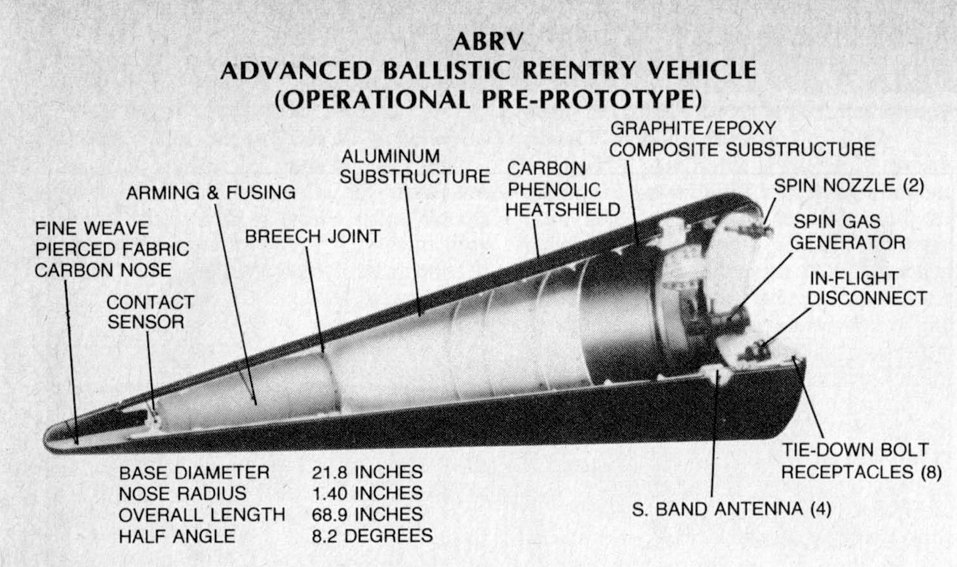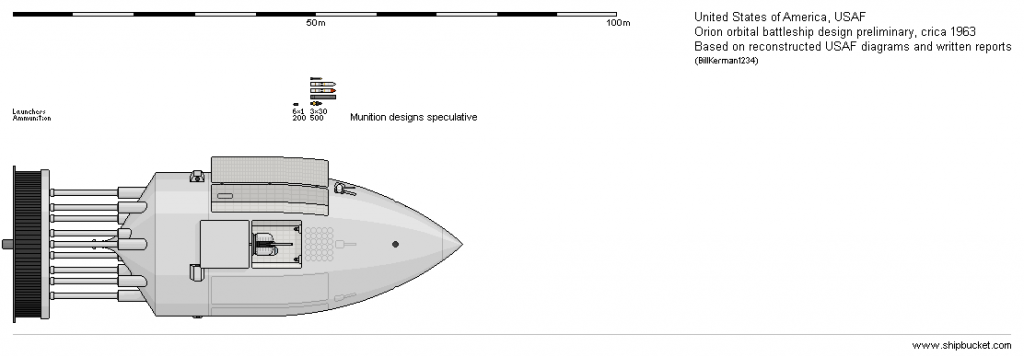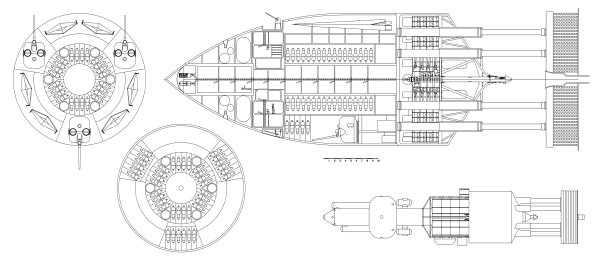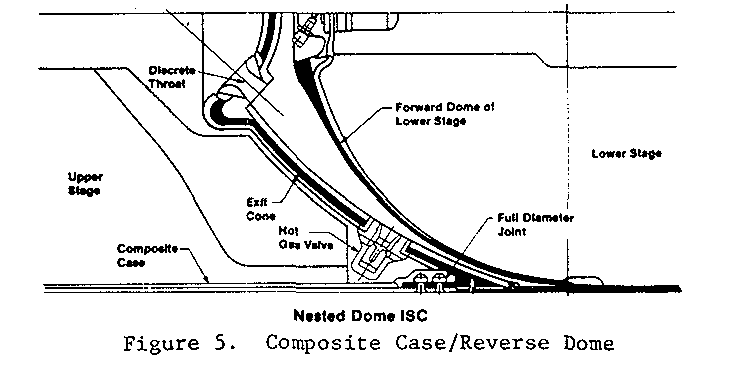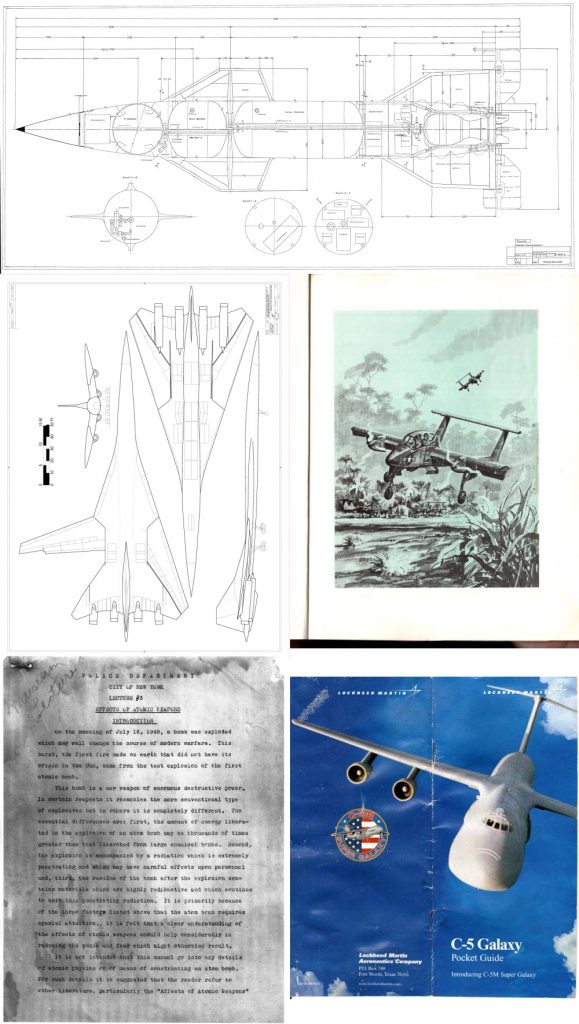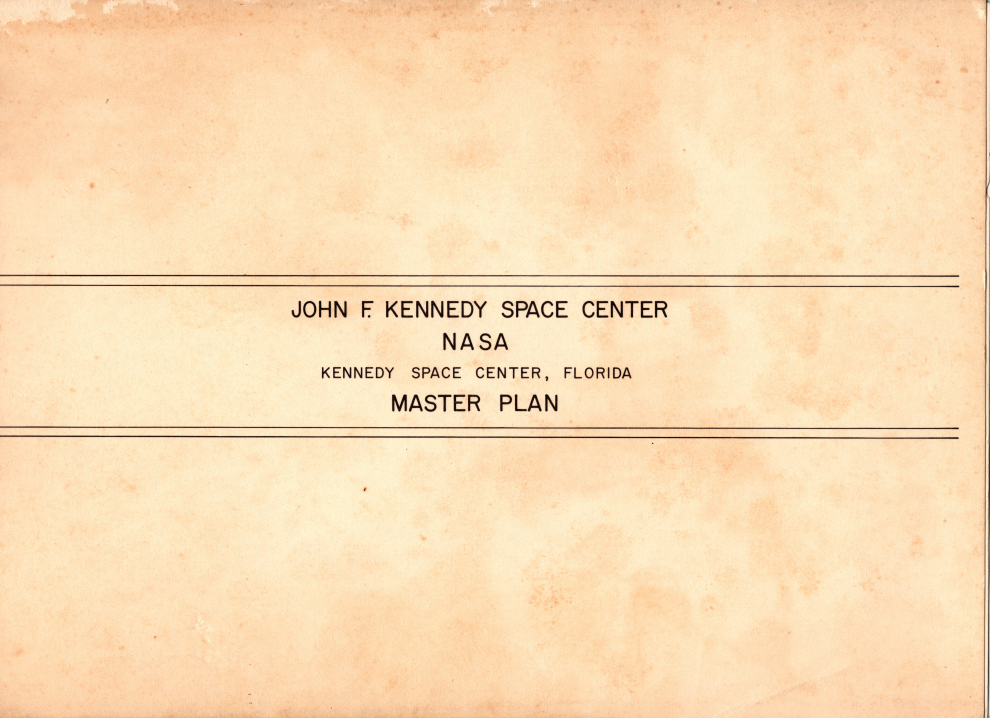Thanks to ebay and my fabulously lean bank account, I have recently procured a number of items of potential interest:
“NASA Earth Orbital Space Station,” a poster-sized lithograph from McDonnell Douglas depicting a space station that tumbles for artificial-G.

“Re-Entry Payload Launch Vehicle,” A *brief* General Dynamics presentation on a vehicle to launch re-entry vehicles such as MIRV warhead shapes

“Proposed Development Program on Rocket-Type Missiles,” a 1948 Convair report on early ballistic/boost glide missile concepts, that would lead to Atlas. Includes some fantastic large format layout diagrams.

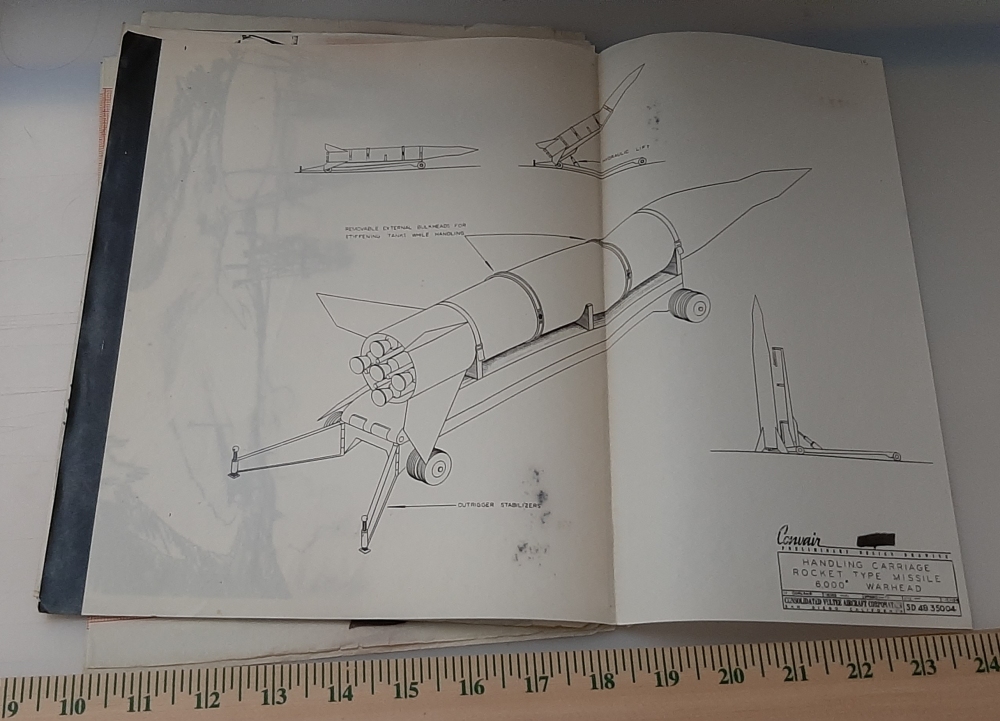


“Detail Specification for Consolidated Vultee Model 117 Airplane Class VR Transport Flying Boat,” August 1950, all the details on the then-brand new Tradewind.

“Detail Specification for Class VP Long Range Patrol Seaplane,” Consolidated Vultee 1946, all the details on a proposed flying boat patrol/bomber

32 issues of “Astronautics” magazine from 1957 to 1969, mostly 57-59 and 63 or so.


The lithograph and the reports will be scanned and put forward for consideration for monthly rewards; the magazines will have the interesting bits scanned and made available to the subscribers/patrons.
